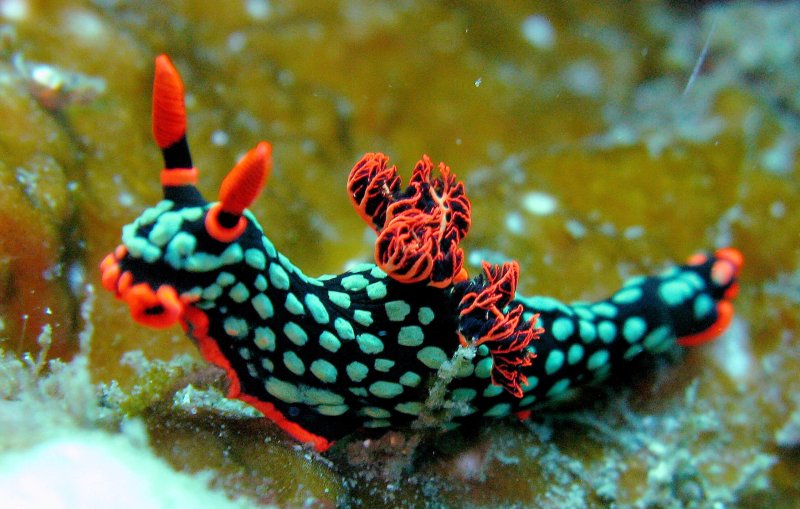[To find a reliable marker for consciousness,] we looked at genes, proteins, anatomical brain regions and neurophysiological processes, but none of the many possibilities we examined entailed all the characteristics of consciousness. After a year of searching we found a promising marker: a capacity for open-ended associative learning, which we called unlimited associative learning.
Our survey of the vast (yet very patchy) learning literature of the last 100 years revealed no evidence of UAL in most animal groups, including medusa, flat worms and slugs. It has, so far, been found only in three groups: most of the vertebrates (fish, amphibians, reptiles, birds and mammals), some of the arthropods (e.g., crabs, bees, crickets, cockroaches) and some mollusks (the cephalopod – squid, cuttlefish and octopus).
We discovered that although the brains of these animals are anatomically very different, they have similar functional units that generate models of the world, the body, and prospective actions, a memory system that can store composite representations, and an integrating and flexible system that evaluates and updates them. This cognitive architecture gives us a clue to the function of consciousness: it enables the organism to make context-dependent decisions that are based on its subjectively-experienced perceptions and motivations.































